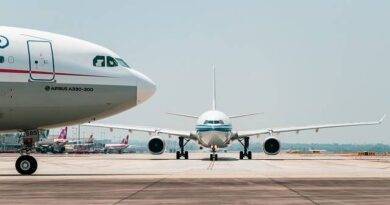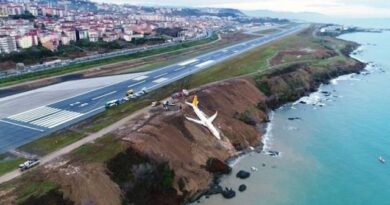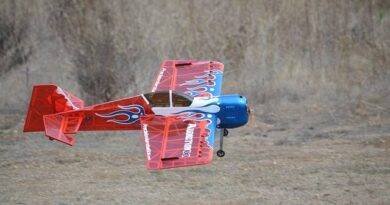Ryanair’s Ghost Flights: A Strategy to Stay Airborne
During the COVID-19 pandemic, Ryanair faced significant challenges due to widespread travel restrictions. With passenger demand plummeting, the airline adopted the unusual tactic of operating “ghost flights”—flights without passengers—to ensure that its fleet remained serviceable and compliant with maintenance regulations. These flights kept the planes operationally ready, preventing more costly downtime and maintaining adherence to safety and certification standards.
Why Ghost Flights?
Aircraft require regular use to remain airworthy under European Aviation Safety Agency (EASA) regulations. Ryanair continued flying its Boeing 737-800 planes, despite low passenger numbers, to meet these operational standards. This tactic was employed across the industry, but Ryanair stood out for the frequency of these flights, enabling it to avoid grounding its fleet for long periods.
Financial Impact
Ryanair, like many airlines, took a significant financial hit due to the pandemic. In 2021, the company reported an 81% drop in passenger traffic, leading to an €815 million loss. Despite these challenges, Ryanair worked to cut costs, defer non-essential capital expenses, and secure financial support. These efforts allowed it to weather the storm better than some competitors and maintain liquidity for post-pandemic recovery (Ryanair Corporate) (Ryanair Corporate).
Environmental Concerns
Ryanair’s ghost flights raised environmental concerns, as flying empty aircraft contributes to unnecessary CO₂ emissions. However, Ryanair defended its approach, noting that regulatory requirements necessitated these flights. The company also emphasized its long-term commitment to sustainability, investing in fuel-efficient Boeing 737-8200 “Gamechanger” aircraft, which are expected to reduce fuel consumption by 16% and lower noise emissions by 40% (Ryanair Corporate).
Future Outlook
As air travel continues to recover, Ryanair plans to ramp up operations and expand its fleet. The airline remains focused on growth, with a target to carry 200 million passengers annually by 2026. Its strategy of maintaining serviceability throughout the pandemic positions it to seize new market opportunities as travel demand returns (Ryanair Corporate).
This approach, while controversial, highlights the complex balancing act airlines must perform between operational needs, financial health, and environmental responsibilities.



Hope to be recovered soon…